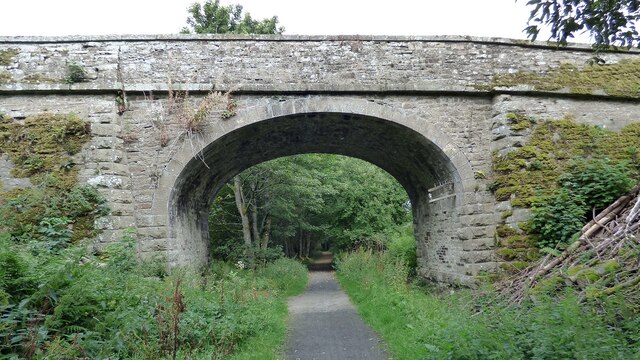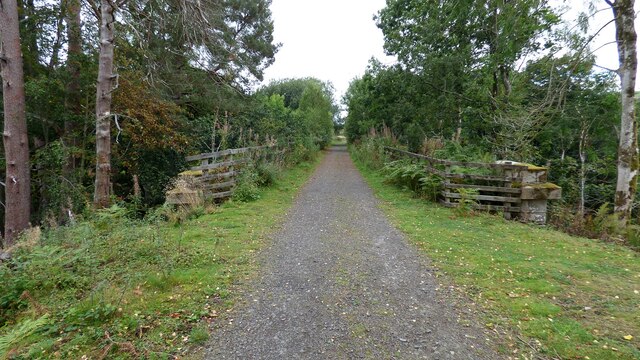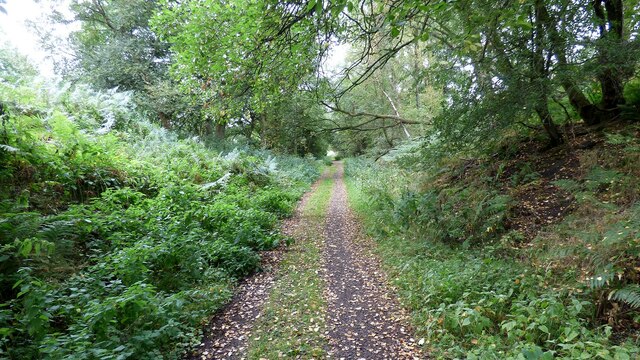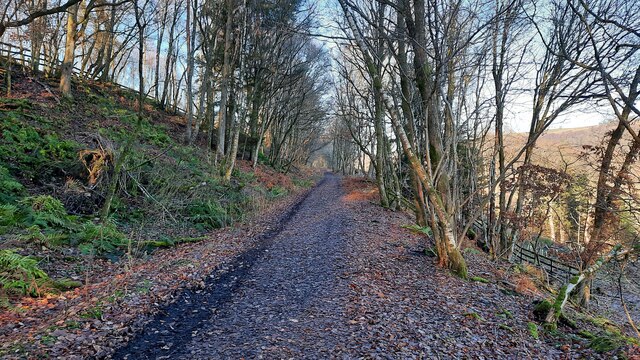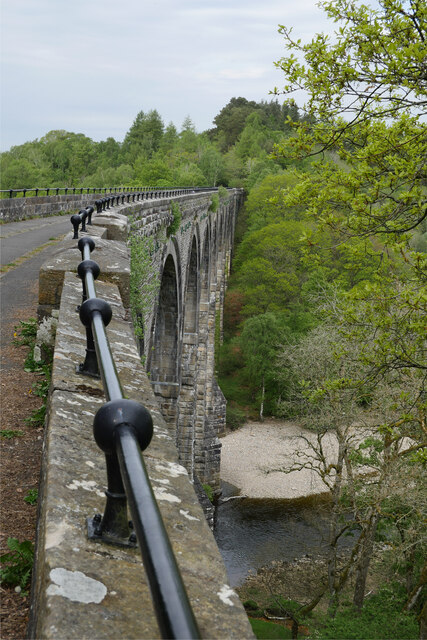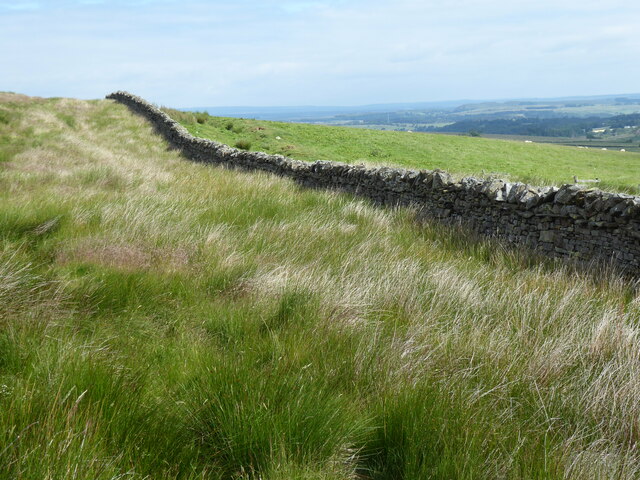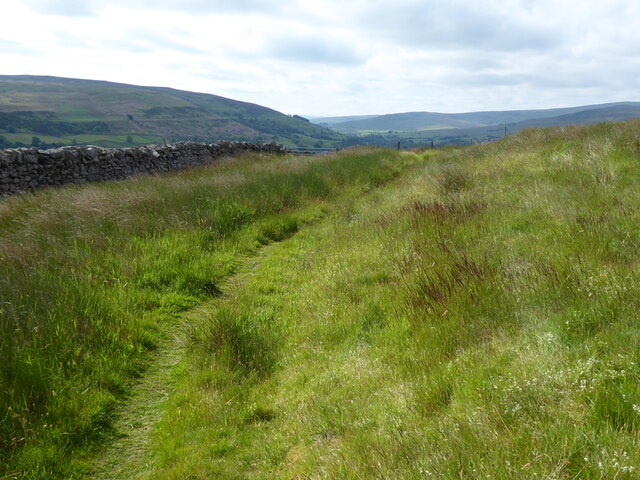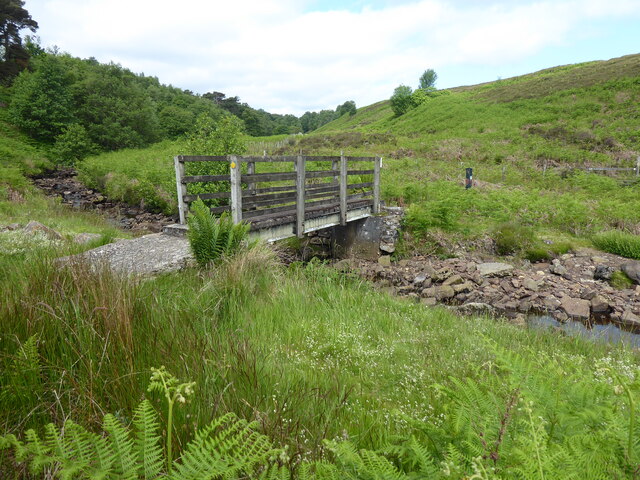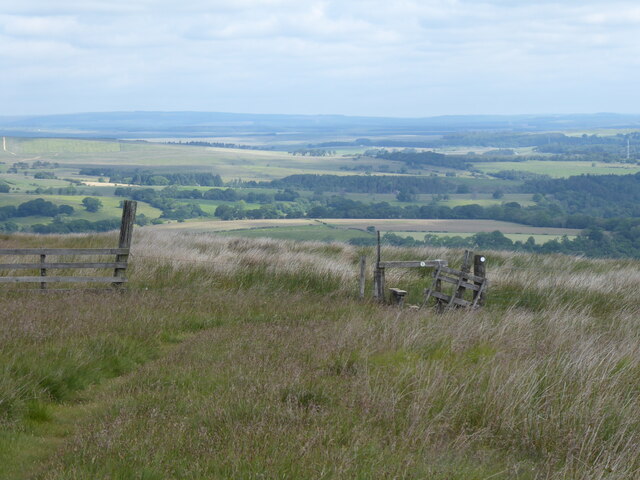Towsbank Wood
Wood, Forest in Northumberland
England
Towsbank Wood

Towsbank Wood is a picturesque woodland located in the county of Northumberland, England. Covering an area of approximately 50 hectares, the wood is situated in the western part of the county, near the village of Hexham. It is known for its tranquil atmosphere and diverse range of flora and fauna.
The woodland is predominantly composed of native deciduous trees, such as oak, birch, and beech, which create a dense canopy that provides shade and shelter for a variety of wildlife. Towsbank Wood is particularly famous for its bluebells, which carpet the forest floor in spring, creating a breathtaking sight.
Walking through the wood, visitors can enjoy a network of well-maintained paths and trails, allowing them to explore the area at their own pace. The wood also features a small stream that meanders through the trees, adding to the natural beauty of the surroundings.
The diverse range of wildlife found in Towsbank Wood includes various bird species, such as woodpeckers, jays, and thrushes, which can be heard singing throughout the year. The wood is also home to mammals like badgers, foxes, and deer, as well as smaller creatures like squirrels and rabbits.
Due to its natural beauty and biodiversity, Towsbank Wood is a popular destination for nature lovers, photographers, and walkers. The wood offers a peaceful retreat from the hustle and bustle of everyday life, allowing visitors to immerse themselves in the beauty of Northumberland's countryside.
If you have any feedback on the listing, please let us know in the comments section below.
Towsbank Wood Images
Images are sourced within 2km of 54.904362/-2.4946026 or Grid Reference NY6856. Thanks to Geograph Open Source API. All images are credited.
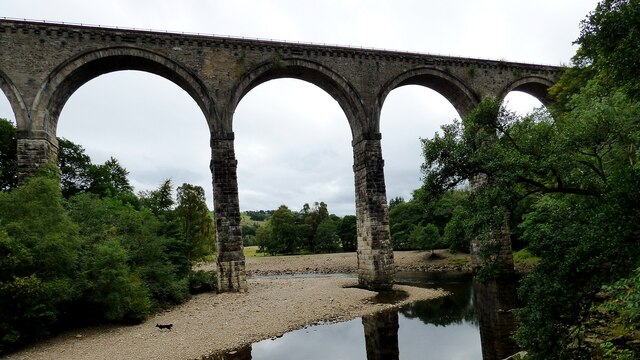
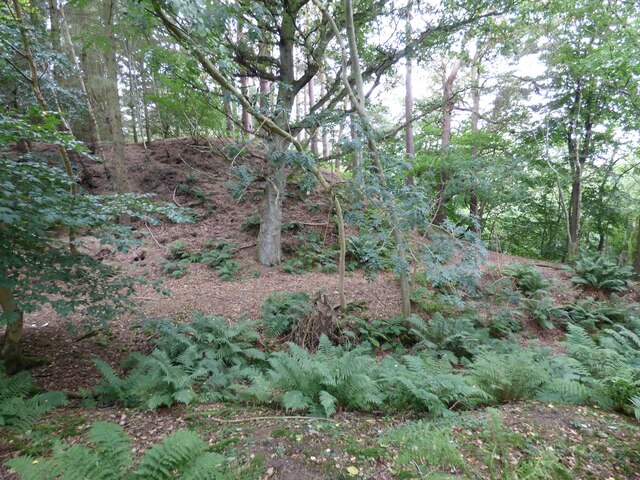


Towsbank Wood is located at Grid Ref: NY6856 (Lat: 54.904362, Lng: -2.4946026)
Unitary Authority: Northumberland
Police Authority: Northumbria
What 3 Words
///pesky.direction.froth. Near Greenhead, Northumberland
Nearby Locations
Related Wikis
Lambley railway station
Lambley was a railway station on the Alston Branch Line, which ran between Haltwhistle and Alston. The station, situated 4+3⁄4 miles (8 km) south-west...
Lambley, Northumberland
Lambley, formerly known as Harper Town, is a village and former civil parish, now in the parish of Coanwood, in Northumberland, England about four miles...
Coanwood railway station
Coanwood was a railway station on the Alston Branch Line, which ran between Haltwhistle and Alston. The station, situated 4 miles (6 km) south-west of...
Coanwood
Coanwood is a village in Northumberland, England, and is part of the Parish of Haltwhistle. It is about four miles (6 km) to the south-west of Haltwhistle...
Nearby Amenities
Located within 500m of 54.904362,-2.4946026Have you been to Towsbank Wood?
Leave your review of Towsbank Wood below (or comments, questions and feedback).
